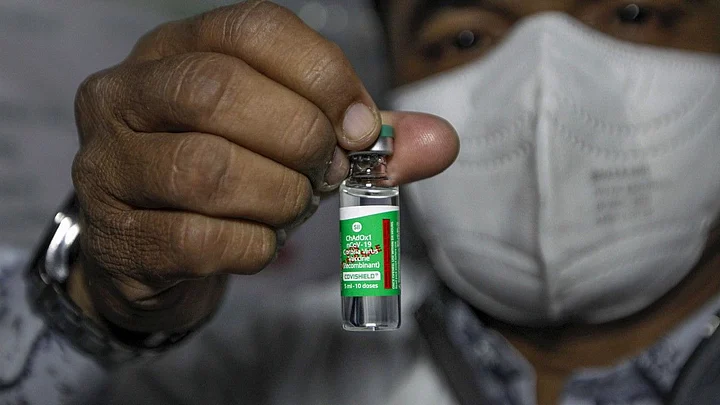Indian vaccine makers' trouble with regulators such as the European Medicines Agency, Brazil Health Regulatory Agency (Anvisa), or the US Food and Drug Administration (USFDA) cannot be resolved with diplomatic interventions or hurt sentiments.
The European Medicine Agency's refusal to recognise Covishield- the AstraZeneca vaccine manufactured by Serum Institute of India and USFDA’s refusal to grant emergency authorisation to Bharat Biotech’s Covaxin is part of a more significant problem of good clinical practice of Indian vaccine industry.
This needs urgent reform.
Western countries are shaping the terms for vaccine passports for COVID-19 vaccination, and that means that if any vaccine maker and COVID-19 vaccine need to be considered "legit” they have to pass three critical requirements of good clinical practice, good laboratory practice, and good manufacturing practice (GMP) as required by the EU, US, and Japan regulators.
Vaccine Production and Different Stages of Quality Control
The quality benchmark begins from the time companies manufacture small doses of vaccines that will be used in lab studies.
Once companies clear this step, they must submit their clinical trial study design.
The trial design includes the number of recruited trial participants, their preconditions, and the safety and efficacy profiles that companies are targeting. For COVID-19, EMA and USFDA have insisted that vaccines should have an efficacy rate of at least 50%.
Companies must get this data peer-reviewed by the independent scientific community. This happens through the publication of results in an established scientific journal.
At the last stage comes the inspection of manufacturing sites, where regulators send their inspectors to check if companies are compliant with a list of GMP requirements.
Indian Vaccines Shortfalls
Anvisa said it refused to approve Bharat Biotech’s Covaxin because the company did not present the “ technical report on the evaluation of the vaccine, issued or published by the health authority of India”.
The Brazilian regulator also said that it rejected Covaxin’s application after evaluating the inspection of Good Manufacturing Practices (GMP) of Bharat Biotech. Serum Institute of India (SII) did not even submit its application data with the EMA until the end of June.
Even though the vaccines manufactured by SII and AstraZeneca are identical, they come from different manufacturing sites and hence are not interchangeable; this was one of the reasons why EMA has asked SII to submit its application dossier.
The Slow Ascent of India's Generic Drugs
It took over two decades for India’s generic drug industry to understand the time and effort required, to build quality pharma-manufacturing infrastructure to supply their medicines to Europe, US, Japan and Brazil.
Despite making substantial financial investments to get their products registered in these markets, all it took was a controversy like Ranbaxy to pull the entire industry’s reputation to the ground. The generic drugs industry is still recovering from that blow.
For vaccine makers, this journey will be even trickier.
Unlike drugs given to a sick patient, vaccines are given to healthy people, which is why the benchmark for approval is so stringent and maintaining these requirements comes at a cost.
Companies must spend anywhere between INR 3-5 million per application, to get their file rolling. This fee is in addition to what investment companies make in designing clinical trials, manufacturing vaccines, etc.
These are some of the reasons why Indian vaccine makers have not managed to make a dent in markets such as the EU or US. Companies lack the patience and investment required to meet these requirements.
If the Indian government wants to be taken seriously in the global race for the vaccine, it needs to clean up its regulatory system. The low benchmark that Indian regulators used to give emergency approval to Covaxin is coming back to bite the industry.
No regulator in the world has given approval to any of the COVID vaccines on the basis of incomplete trial data, yet Indian regulators took that dangerous risk.
If India wants to use its diplomatic channels to resolve this issue then it should drop this posturing of threat and coercion. If anything, it should use its diplomacy to facilitate regulatory guidance and provide capital to companies to be competitive on the global stage.
Divya Rajagopal is an independent health/pharma reporter covering the Covid19 pandemic. This is an opinion piece and the views expressed are the author’s own. The Quint neither endorses nor is responsible for them.)
(At The Quint, we question everything. Play an active role in shaping our journalism by becoming a member today.)
